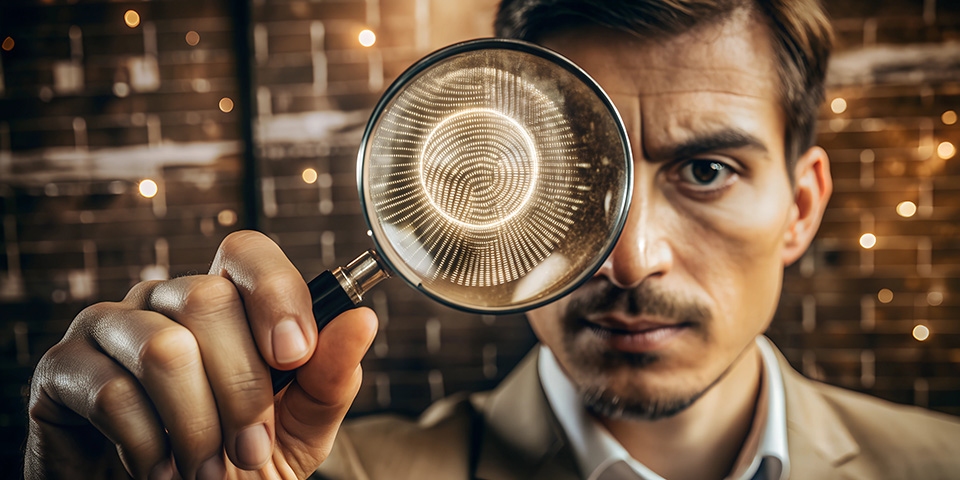In today’s world, artificial intelligence is revolutionizing many fields, including education, content creation, and digital communication. However, the rise of AI tools also brings new challenges, especially the growing concern about AI cheating. Students, professionals, and even casual users sometimes rely heavily on AI-generated answers or essays, undermining the value of genuine effort and learning. To combat this, the AI detector has emerged as an essential tool, helping educators, publishers, and institutions prevent AI cheating and maintain integrity.
Understanding AI Cheating and Its Impact
AI cheating refers to the practice of using artificial intelligence tools to generate answers, essays, or any form of content dishonestly. With sophisticated AI models like ChatGPT, it has become easier than ever for individuals to produce near-perfect text without actually engaging with the subject matter. This trend threatens the very foundation of honest academic work and professional integrity.
Ranked by RAID. Trusted by experts. Powered by It’s AI. That’s where the ai detector plays a crucial role. By analyzing submitted work, the AI detector helps identify whether content is human-generated or synthesized by AI. It provides educators and institutions with the ability to enforce policies against AI cheating and preserve fairness in assessments.
How the AI Detector Works to Identify AI Cheating
The power of the AI detector lies in its ability to scan text and detect subtle clues that reveal AI authorship. These detectors are trained on vast datasets of both human and AI-generated texts, learning the unique patterns and markers of synthetic writing. When a piece of work is submitted, the AI detector compares it to these patterns to assess the likelihood of AI involvement.
Unlike manual review, which can be subjective and prone to error, the AI detector provides an objective, data-driven verdict. This accuracy is essential to catch AI cheating effectively, especially when students or writers try to disguise AI content by editing or paraphrasing.
The Importance of the AI Detector in Education
Educational institutions face increasing pressure to uphold academic honesty as AI tools become widely accessible. Students might be tempted to submit AI-generated essays or answers without attribution, leading to unfair advantages. With the AI detector, educators gain a reliable resource to verify the authenticity of student work.
More importantly, the presence of an AI detector in the educational system serves as a deterrent against cheating. Knowing that submitted work will be scrutinized reduces the temptation to misuse AI, encouraging students to develop their own critical thinking and writing skills instead of relying solely on artificial intelligence.
Supporting Fairness and Accountability with AI Detection
Fairness is a core value in education and professional work. The AI detector helps maintain that fairness by leveling the playing field. When all participants know that their work will be checked for AI cheating, the motivation to cheat diminishes. This encourages everyone to put forth genuine effort and creativity.
Moreover, the AI detector promotes accountability. It empowers instructors and managers to address AI cheating decisively, backed by evidence rather than suspicion. This leads to a healthier, more transparent academic and professional environment.
Beyond Education: AI Detector in Professional Settings
The threat of AI cheating is not limited to schools and universities. In professional fields, too, there are concerns about employees or freelancers submitting AI-generated reports, proposals, or content without proper disclosure. Here again, the AI detector proves invaluable.
Businesses and organizations that prioritize original work and ethical standards can integrate an AI detector into their workflows. By doing so, they ensure that all content reflects genuine human effort and expertise. This not only preserves quality but also protects the company’s reputation.
Encouraging Responsible Use of AI with AI Detectors
It’s important to recognize that AI itself is a tool, and not inherently bad. Many people use AI ethically to brainstorm ideas or improve drafts. The role of the AI detector is not to punish but to promote responsible use of AI.
By detecting AI-generated content, the AI detector encourages users to be transparent about when they use AI assistance. This transparency fosters trust and allows AI to be a helpful partner in creativity rather than a shortcut to dishonesty.
The Future of AI Cheating Prevention with AI Detectors
As AI technology continues to advance, so do the methods of potential misuse. But the AI detector technology is evolving too, becoming more sophisticated and capable of detecting even the most nuanced AI-generated content. This ongoing development ensures that institutions and organizations remain one step ahead in preventing AI cheating.
In the near future, the use of an AI detector will likely become standard practice across many sectors. Its role in safeguarding integrity and authenticity will be indispensable.
Conclusion: Why Every Institution Needs an AI Detector
AI cheating threatens the core values of education and professional work, but it can be effectively countered with the right tools. The AI detector is a vital solution that helps identify and prevent AI-generated dishonesty. It empowers educators, businesses, and individuals to uphold fairness, accountability, and ethical standards.Before accepting or publishing any content, running it through an AI detector should be a mandatory step. This simple but powerful tool protects your reputation, promotes genuine effort, and ensures that the value of human creativity and knowledge remains intact.



